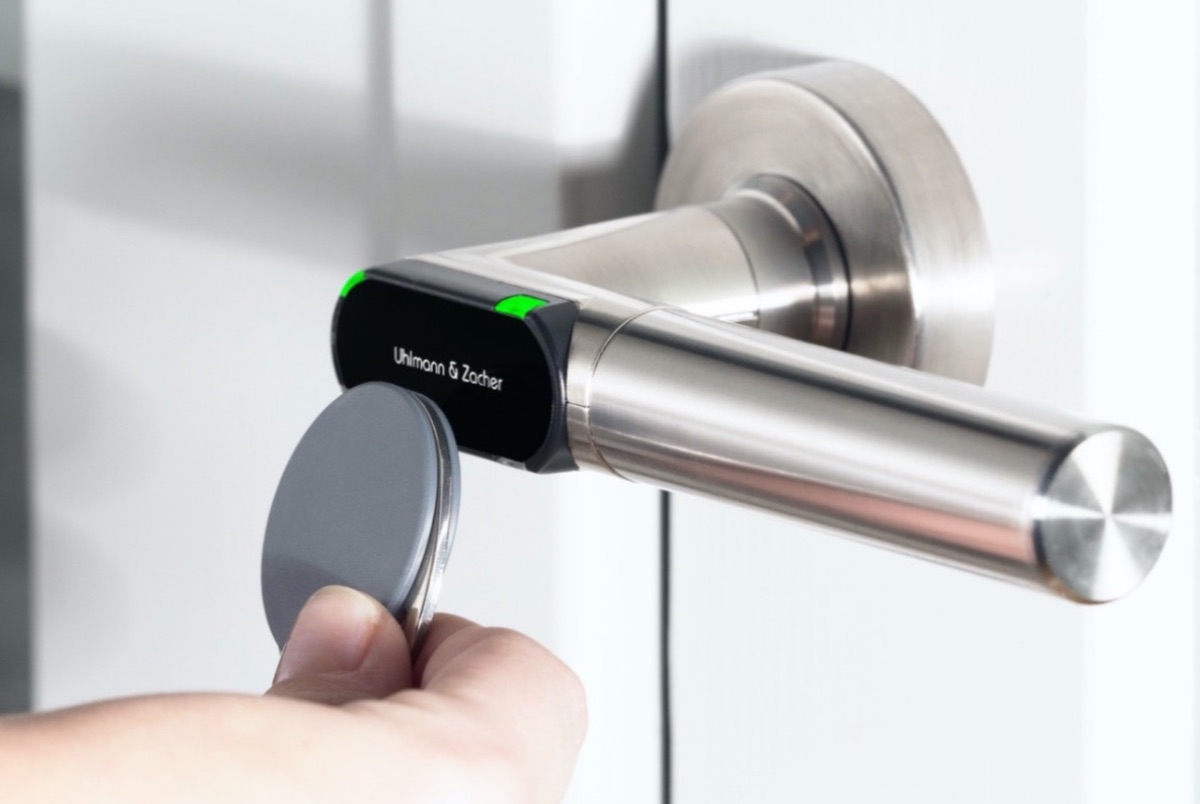>>> What is it?
Cable-free connected access control (CA) is a lock or cylinder positioned directly on a door which, as its name suggests, allows access control. The name “cable-free” comes from the fact that it is not connected by cable to the company’s network. It is therefore very easy to install, even on doors located inside a building.
>>> The advantages of cable
The wired components can communicate with the central system at all times. This means that access changes, new opening rules and access readings are possible in real time. This is not the case with traditional wireless systems.
>>>Traditional wireless systems
Without a power supply and without a network connection, these systems often have to be programmed manually using programmers or by means of a regular badge validation system. In this case, the badges themselves distribute the access data. These methods are time-consuming, slow and not always reliable.
>>> Cable-free systems … connected
The new generation of autonomous AC incorporates radio transmitters that communicate in an encrypted way with antennas linked to the central network. This wireless link allows them to boast almost all the advantages of wired components.
Access rights, time profiles and badge changes are distributed automatically to all components. It is no longer necessary to activate badges on a regular basis or to read accesses at the access points with a programmer. This makes the whole maintenance of the access system much easier and faster. This system combines the simplicity of wireless with the permanent connection of cable.
Do you have more questions? DSK’s specialists can explain the advantages of each system and work with you to develop the best customised access solution suited to your needs.
